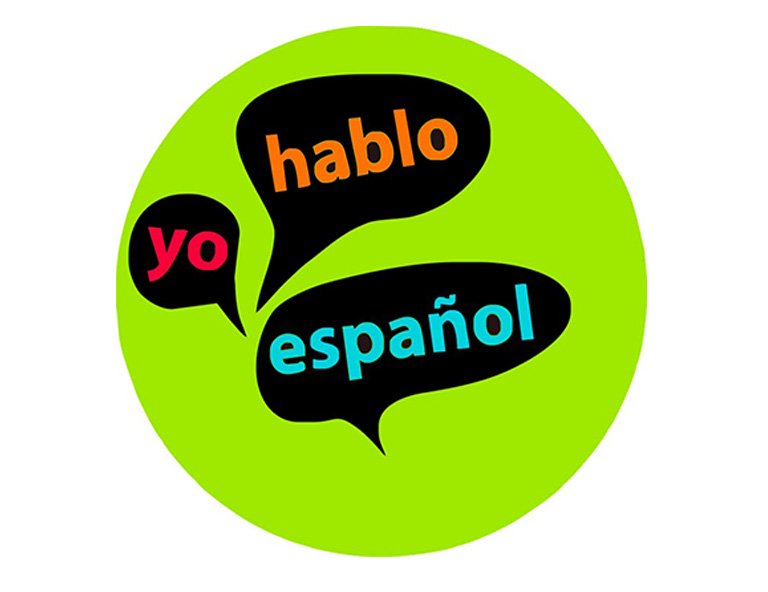American English is the form of English used in the United States.
British English is the form of English used in the United Kingdom and the rest of the British Isles. It includes all English dialects used within the British Isles.
American English in its written form is standardized across the U.S. (and in schools abroad specializing in American English). Though not devoid of regional variations, particularly in pronunciation and vernacular vocabulary, American speech is somewhat uniform throughout the country, largely due to the influence of mass communication and geographical and social mobility in the United States. After the American Civil War, the settlement of the western territories by migrants from the Eastern U.S. led to dialect mixing and leveling, so that regional dialects are most strongly differentiated along the Eastern seaboard. The General American accent and dialect (sometimes called ‘Standard Midwestern’), often used by newscasters, is traditionally regarded as the unofficial standard for American English.
British English has a reasonable degree of uniformity in its formal written form, which, as taught in schools, is largely the same as in the rest of the English-speaking world (except North America). On the other hand, the forms of spoken English – dialects, accents and vocabulary – used across the British Isles vary considerably more than in most other English-speaking areas of the world, even more so than in the United States, due to a much longer history of dialect development in the English speaking areas of Great Britain and Ireland. Dialects and accents vary, not only between England, Northern Ireland, Scotland and Wales (which constitute the United Kingdom), plus the Republic of Ireland, but also within these individual countries. There are also differences in the English spoken by different socio-economic groups in any particular region. Received Pronunciation (RP) (also referred to as BBC English or Queen’s English) has traditionally been regarded as ‘proper English’ – ‘the educated spoken English of south-east England’. The BBC and other broadcasters now intentionally use a mix of presenters with a variety of British accents and dialects, and the concept of ‘proper English’ is now far less prevalent.
British and American English are the reference norms for English as spoken, written, and taught in the rest of the world; for instance, the English-speaking members of the Commonwealth of Nations often (if not usually) closely follow British orthography, and many new Americanisms quickly become familiar outside of the United States. Although the dialects of English used in the former British Empire are often, to various extents, fairly close to standard British English, most of the countries concerned have developed their own unique dialects, particularly with respect to pronunciation, idioms, and vocabulary; chief among them are, at least for number of speakers, Australian English and Canadian English.
Idioms
A number of English idioms that have essentially the same meaning show lexical differences between the British and the American version; for instance:
British – American
not touch something with a bargepole – not touch something with a ten-foot pole
sweep under the carpet – sweep under the rug
touch wood – knock on wood
throw a spanner -throw a (monkey) wrench
tuppence worth also two pennies’ worth, two pence worth or two pennyworth) – two cents’ worth
skeleton in the cupboard – skeleton in the closet
a home from home -a home away from home
blow one’s trumpet – blow (or toot) one’s horn
storm in a teacup – tempest in a teapot
a drop in the ocean – a drop in the bucket
flogging a dead horse – beating a dead horse
In some cases the “American” variant is also used in British English, or vice versa.
Vocabulary
British – American
autumn – fall
aerial – antenna
bank note – bill
barrister – lawyer
bill (restaurant) -check
biscuit – cookie
bonnet (car) – hood
boot (car) – truck
chips – French fries
cooker – stove
crossroad – intersection
curtains – drapes
dustbin – garbage can
engine – motor
film -movie
flat – apartment
football – soccer
garden – yard
handbag – purse
holiday – vacation
jumper – sweater
lift – elevator
to let – to rent
lorry – truck
metro, underground, tube – subway
nappy – diaper
pavement – sidewalk
petrol – gas, gasoline
post – mail
postcode – zip code
queue – line
railway – railroad
solicitor – attorney
tap – faucet
taxi – cab
trousers – pants
wardrobe – closet
windscreen – windshield
Spelling
British – American
colour – color
favourite – favorite
honour – honor
analyse – analyze
criticise – criticize
memorise – memorize
enrolment – enrollment
fulfil – fulfill
skilful – skillful
centre – center
metre – meter
theatre – theater
analogue – analog
catalogue – catalog
dialogue – dialog
jewellery – jewelry
draught – draft
pyjamas – pajamas
plough – plow
programme – program
tyre – tire
cheque – check
mediaeval – medieval
defence – defense
licence – license
Implications for Translators
If you translate into Spanish from English, it shouldn’t be difficult for you to work from a document in either American or British English regardless of your country of origin. However, some clients request that a document be translated from Spanish into either British or American English. Because of the very subtle grammatical differences, it wouldn’t be wise to translate into an English dialect that you are not intimately familiar with.
If you are a client who needs to have your document translated into a specific dialect of English, make sure that your translator is a native of the country which you will target with your translation. If this isn’t possible, then make sure that the translator you entrust with your document is either currently living in the country (i.e. an American translator residing in England) or has lived in the country for a substantial amount of time (i.e. a Brit who went to college and worked in the U.S. for several years).












